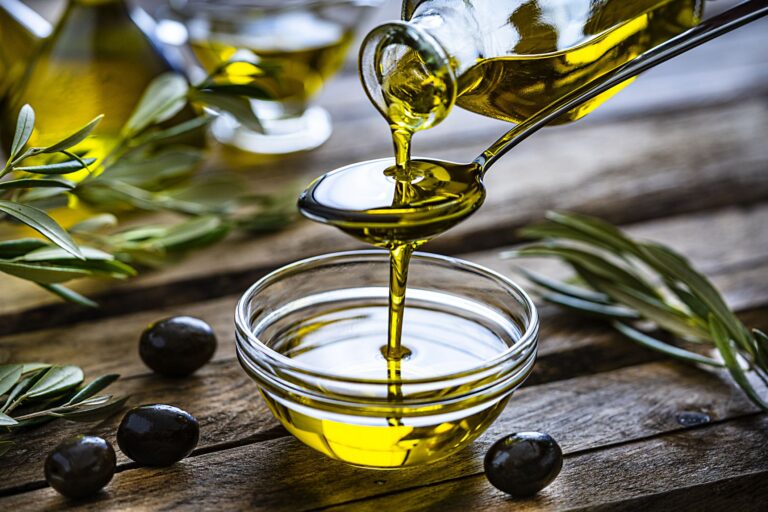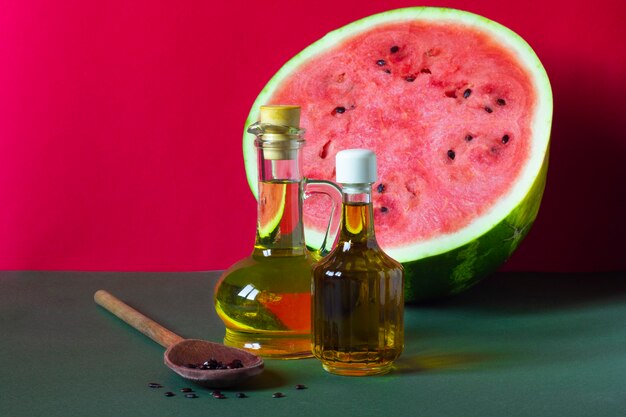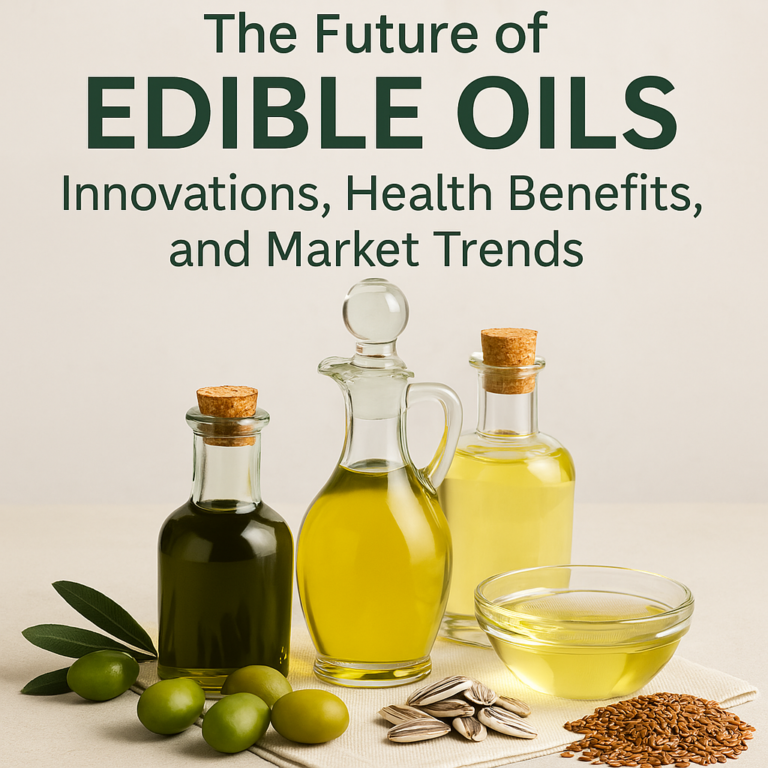
Edible oils have been an essential part of human civilization, influencing cultures, cuisines, and industries. From their humble beginnings in ancient societies to their advanced refining processes today, the journey of edible oils offers fascinating insights into history, innovation, and culinary traditions. This blog explores the origins, development, and significance of edible oils while examining their evolution over time.
The Origins of Edible Oil Usage
Early Human Societies and Natural Fats
Before the advent of edible oils, early humans relied on animal fats and natural sources such as nuts and seeds for cooking and nourishment. These natural fats served as primary energy sources and played a role in early food preservation.
- Animal fats: Extracted from hunted animals and used for cooking, lighting, and skincare.
- Nuts and seeds: Eaten raw or crushed to release their natural oils.
The discovery of oil-rich plants like olives and sesame marked a turning point, providing an efficient and plant-based alternative to animal fats.
The First Extraction Methods
Early methods of oil extraction were rudimentary and labor-intensive, relying on basic tools and techniques:
- Cold pressing: Crushing seeds or fruits to extract oil using manual or stone presses.
- Natural filtration: Allowing oil to separate naturally from plant material.
These methods laid the foundation for the edible oil industry, enabling people to produce small quantities of oil for personal and community use.
Edible Oils in Ancient Civilizations
Mesopotamia and Egypt
In the ancient civilizations of Mesopotamia and Egypt, oils like sesame and olive held great significance:
- Used for cooking, medicinal applications, and religious rituals.
- Olive oil, in particular, became a symbol of wealth and prosperity, often traded across regions.
Greece and Rome
The Mediterranean region saw the rise of olive oil as a cultural and economic staple:
- Integral to Greek and Roman diets, used in cooking and as a condiment.
- Played a key role in religious ceremonies and sports, such as the Olympic Games.
India and China
In Asia, oils like mustard, coconut, and groundnut became essential in traditional cooking and medicinal practices:
- India: Mustard and sesame oils were vital in Ayurvedic treatments and regional cuisines.
- China: Peanut oil emerged as a popular choice due to its flavor and cooking versatility.
The Middle Ages: Expansion of Oil Varieties
The Middle Ages saw an expansion in the availability and types of edible oils as trade routes connected different parts of the world. Key developments included:
- Introduction of new oilseeds: Sunflower, linseed, and rapeseed were introduced to Europe and Asia.
- Technological advancements: Wooden screw presses improved efficiency, enabling larger-scale production.
During this time, edible oils were often considered a luxury item, accessible primarily to the wealthy.
Industrial Revolution and Modernization of Oil Production
The Industrial Revolution brought significant advancements in oil extraction and refining technologies, revolutionizing the industry.
Technological Breakthroughs
- Steam-powered presses: Increased efficiency and output.
- Solvent extraction: A chemical process that improved oil yields by dissolving oils from seeds and nuts.
Globalization and Trade
The increased production capacity led to the widespread availability of edible oils, with global trade routes bringing oils like soybean, canola, and palm oil to new markets.
Transition to Large-Scale Manufacturing
Small-scale, community-based production gave way to industrial-scale factories, setting the stage for modern edible oil refining processes.
The 20th Century: The Rise of Refined Oils
The 20th century marked a shift towards the refining of edible oils to improve quality, shelf life, and versatility.
Key Innovations
- Edible Oil Refining: Removal of impurities, odors, and colors through processes like degumming, bleaching, and deodorization.
- Cooking Oil Refining Process: Enhanced the safety and usability of oils, making them suitable for frying, baking, and industrial food production.
Popular Edible Oils Examples
- Soybean oil: Gained popularity due to its neutral flavor and high production efficiency.
- Palm oil: Became a global staple for its affordability and versatility.
Processed oils became a cornerstone of modern diets, used extensively in packaged and processed foods.
The Modern Era: Health Trends and Sustainability
In recent decades, there has been a growing focus on healthier and more sustainable edible oils.
Shift Towards Healthier Options
- Cold-pressed oils: Retain natural nutrients and flavors without chemical processing.
- Specialty oils: Avocado oil, flaxseed oil, and other nutrient-rich alternatives.
Sustainability Concerns
- Environmental issues like deforestation due to palm oil production.
- Advances in eco-friendly production methods, such as organic farming and renewable energy-powered plants.
The modern edible oil industry continues to innovate, balancing consumer demand with environmental responsibility.
Cultural and Regional Significance of Edible Oils
Edible oils are deeply intertwined with regional cuisines and cultural traditions worldwide:
- Mediterranean Cuisine: Olive oil is a staple, used in salads, cooking, and dips.
- Indian Cooking: Mustard and coconut oils are integral to traditional recipes and religious rituals.
- Asian Cuisine: Peanut and sesame oils are used for their rich flavors and high smoke points.
Edible oils also hold symbolic value, such as their use in Diwali lamps in India or anointing ceremonies in religious practices.
Challenges and Innovations in the Edible Oil Industry
Challenges
- Environmental impact: Issues like deforestation and carbon emissions from large-scale plantations.
- Health concerns: The harmful effects of trans fats in hydrogenated oils.
Innovations
- GMO seeds: Designed for higher yields and resistance to pests.
- Advanced refining techniques: Producing oils that are healthier and more sustainable.
The industry continues to evolve, driven by technological advancements and consumer preferences.
Conclusion
The historical journey of edible oil is a testament to human ingenuity and adaptability. From the rudimentary extraction methods of ancient times to the sophisticated refining edible oils processes of today, edible oils have played a crucial role in shaping culinary and industrial landscapes. As the industry moves towards a more sustainable future, the legacy of edible oils continues to enrich lives around the world.
For more insights into the world of edible oils, stay tuned with The Oil Print.




